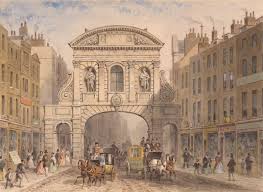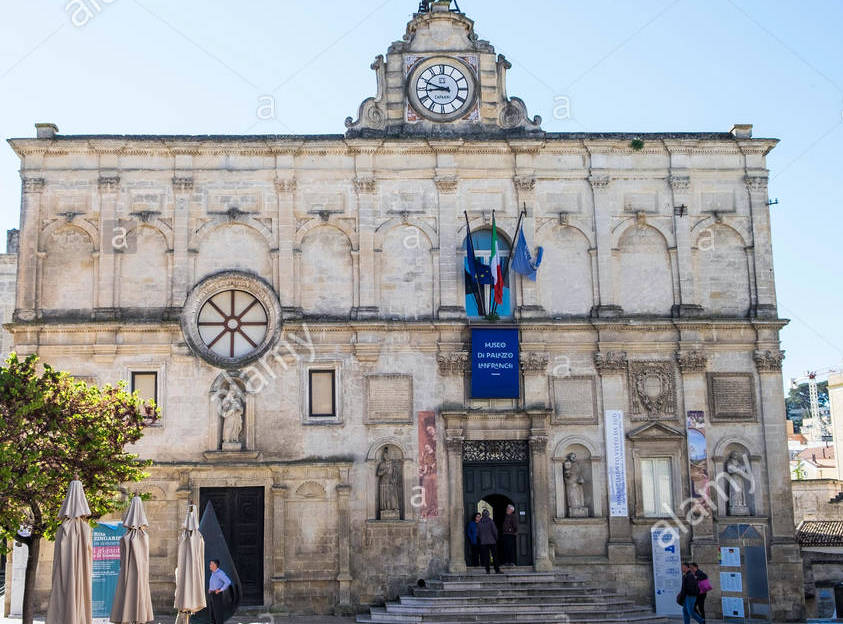The Brownings in Our World: An Online Exhibition Dashboard
Description
In fall of 2020, students in a senior seminar at Baylor University on Robert Browning and Elizabeth Barrett Browning created "The Brownings in Our World," an online exhibition of related rare items, primarily from Baylor's Armstrong Browning Library. "The Brownings in Our World" is housed on separate website, but is linked to the timeline and map below, which allow viewers to explore places and events related to the exhibits.
Galleries, Timelines, and Maps
There is no content in this group.
Individual Entries
London was a busy place during the 1800s and it was home to many famous authors and poets, such as Charles Dickens. Therefore, it should not be a surprise that this is where one of the more prominent Robert Browning Literary Societies was established. One prominent member included Fredrick James Furnivall, who was a correspondent of Robert's and an avid literary scholar.

Elizabeth Barrett Browning as well as various other writers published their anti-slavery writings in The Liberty Bell in Boston, Massachusetts. This collection of poems and writings helped fund the Boston Female Anit-Slavery Society movement and support Elizabeth's raising of awareness for the aboltionist cause. This society had a deep passion and was very persistant about slavery and the abolishment of the institution.
EBB as well as various other writers published their anti-slavery writings in The Liberty Bell in Boston, Massachusetts. This collection of poems and writings helped fund the Boston Female Anit-Slavery Society movement and support EBBs raise of awerness for the aboltionist cause. This society had a deep passione and was very persistant about slavery and the abloshiment of the institution.
Robert Browning and Elizabeth Barrett Browning visited the Palace Lanfranchi in Pisa, Italy on October 25, 1846. They came to Italy shortly after their elopement that September. Poet Lord Byron had also stayed at the Palace Lanfranchi. Robert and Elizabeth took a leaf from Byron's residence as a memento of their visit.

.jpg)
Elizabeth Barrett Browning returned to her family home on Wimpole Street just over a year after her brother died in 1840 and was also here while she was being courted by Robert in 1845-1846. Elizabeth lived here with her family up until she and Robert chose to elope in 1846, going against her father's will and breaking free from the lifestyle he expected of her. Once they married, her father disinherited her and the couple moved to Italy, where she primarily lived until her death in 1861.
